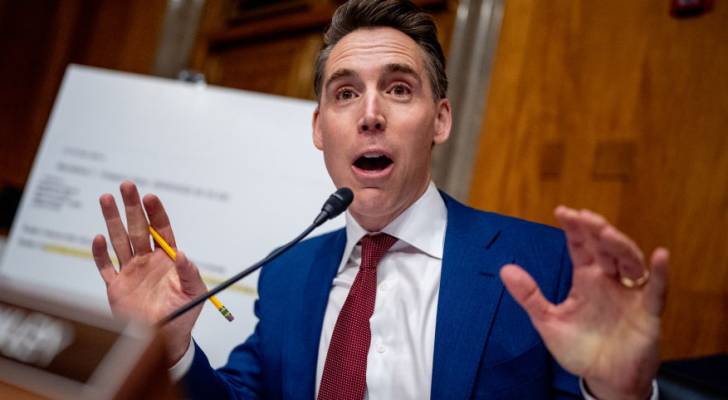Trump's 'Big Beautiful Bill' Advances: Here's Who Wins And Loses
President Donald Trump's sweeping legislative package is, as expected, divisive. Republicans are pitching it as “One, Big Beautiful Bill.” Democrats are calling it “one big beautiful betrayal.” Here's a look at some of the bill’s key elements.
The Winners: The bill seeks to extend The Tax Cuts and Jobs Act (TCJA) of 2017. That means the expiring provisions that benefit high-income and wealthy earners would be permanent.
It also seeks to eliminate federal taxes on tips and overtime pay, fulfilling some of Trump’s campaign promises.
The tax breaks would reduce revenue by $4.9 trillion over the decade, but increase spending on military, defense and border security.
Trending: Maker of the $60,000 foldable home has 3 factory buildings, 600+ houses built, and big plans to solve housing — this is your last chance to become an investor for $0.80 per share.
So, if legislators sign the bill into law, major U.S. defense contractors like RTX Corp. (NYSE:RTX) and Lockheed Martin Corp. (NYSE:LMT) could benefit from increased defense spending.
Other companies exposed to the defense sector including Palantir Technologies, Inc. (NASDAQ:PLTR) and Booz Allen Hamilton Holding Corp. (NYSE:BAH) could also benefit from increased military and defense spending.
The Losers: The cost of the tax bill will be partially balanced with new taxes on private university endowments and significant cuts to programs like Medicaid.
Stocks of major Medicaid managed care organizations could be vulnerable to enrollment volatility and premium pricing challenges if the changes are approved. Investors would be wise to monitor UnitedHealth Group, Inc. (NYSE:UNH), Centene Corp. (NYSE:CNC) and Elevance Health, Inc. (NYSE:ELV) as the bill moves through Congress.
Low-income Americans who rely on food assistance should also take note. House Republicans are proposing major changes to the Supplemental Nutrition Assistance Program, or SNAP. The program aids over 42 million Americans. The bill would shift 5% of benefit costs and 75% of administrative costs to states, up from the current 50% share for administration only. It also seeks to expand work requirements to recipients up to age 64.
See Also: Nancy Pelosi Invested $5 Million In An AI Company Last Year — Here's How You Can Invest In Multiple Pre-IPO AI Startups With Just $1,000.
Democrats have criticized the move as harmful to families, while Republicans say it promotes work and cuts waste. The House Agriculture Committee has already approved $300 million in SNAP cuts to help fund tax breaks.
If the legislative package is passed, it would also be the end of many clean energy initiatives and key tax credits and would impose new fees on electric vehicles. These changes could slow the growth of the clean energy sector and make electric vehicles and renewables less competitive compared to traditional energy sources.
Latest News
- Josh Hawley blasts Allstate CEO for making $26M last year — while company can’t ‘afford’ to pay out claims
- U.S. Futures Decline as Dollar Falls Amid Concern Over Tax Bill
- Baidu says domestic tech will shield AI push from US curbs
- Profits, Big Money Inflows Send SEI Shares Higher
- Morgan Stanley reveals mid-year recession, interest rate cut forecast
- U.S. 30-Year Treasury Yield Tests 5% Again, Global Bonds Sell Off













